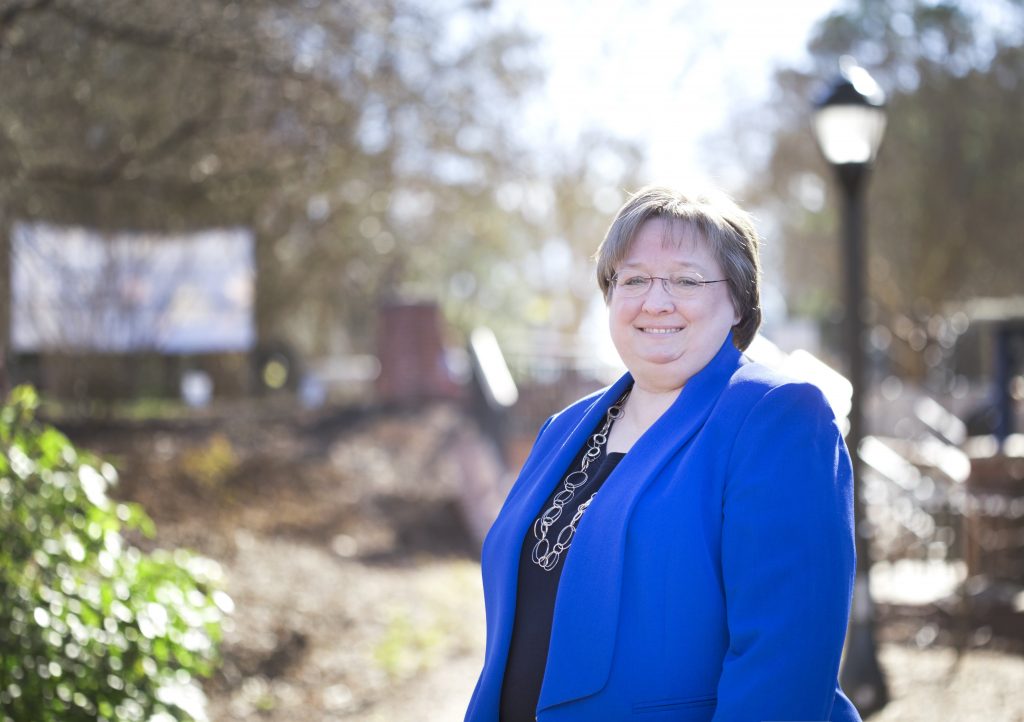
Press Release by Colton Campbell:
While Dr. Melissa Tarrant was earning her doctorate at the University of Alabama, she was employed by an “invisible college,” a private institution with relatively open admissions policies and a relatively small enrollment.
“I was seeing all over the news about how these smaller liberal arts colleges were struggling across the country, but it was my experience that those smaller colleges were actually doing well and offering students an amazing college experience,” said Tarrant, who now serves as the director of the advising center at the University of West Georgia. “I had all of this anecdotal evidence, but I wanted to see if the data bore that idea out.”
Now, with an excerpt of her dissertation published in the Journal of Higher Education in December, she’s using her research at her current job, taking the strong suits of smaller, private colleges and applying it to a larger, public university like UWG.
“The private sector in higher education has demonstrated success with surviving in a difficult climate,” Tarrant said. “Many of the strategies they’ve used can be adapted at public institutions as they adapt to meet changing priorities, legislative requirements, shifting student demographics and other challenges.”
Tarrant listed several techniques employed by private colleges that could be “scaled up” for larger universities, including collaboration with other institutions, partnerships with industries and developing stronger brand identities.
The term invisible college was coined by Alexander Astin and Calvin Lee, who wrote a book published in 1972 in which they examined 491 non-selective institutions they dubbed “invisible” because the schools weren’t well-known and few observers were worried about their well-being.
That report has since gone out of print, but Tarrant’s dissertation director gave her a copy. She’s the first person to ever revisit the research in the 46 years since the initial report, checking in on the nearly 500 institutions to “see how they’re doing” – whether they’ve closed or how enrollment numbers have tracked over the past 40-plus years.
She found 84 percent of the original invisible colleges still had their doors open as standalone or merged institutions. Rather than focusing on the 16 percent of institutions closing in the intervening four decades, Tarrant prefers to look on the bright side.
“I think, over time, as higher education changes and institutions change, there are going to be institutions of all types that close,” Tarrant said. “I don’t see that the invisible colleges were closing at any drastically different rate than other institutions.”
Now she’s working on a follow-up article.
“I want to focus on the financial aspect of these colleges, now that we know how they’re doing in terms of enrollment and whether they’re open or not,” Tarrant said. “I want to see how their budgets are developing and to see how much tuition costs have risen since Astin and Lee’s research in the 1970s.”
Tarrant said she’s proud to be at UWG, where she feels encouraged as a staff member to conduct and public her research.
“I appreciate the atmosphere at UWG that encourages me to pursue my academic interests, especially when they inform the work I do,” Tarrant said. “Not every university offers that kind of support for someone who does not have a faculty appointment, and it’s made a huge difference in my professional life.”
###
UWG serves more than 13,500 students from across Georgia, 37 other states and 72 countries. Perennially ranked by U.S. News and World Report as a top national university, West Georgia offers 88 fields of study, including business, nursing, education, STEM, social sciences and the arts. It generates a regional economic impact of nearly $520 million and provides a safe, quality and affordable college experience that transforms lives.





